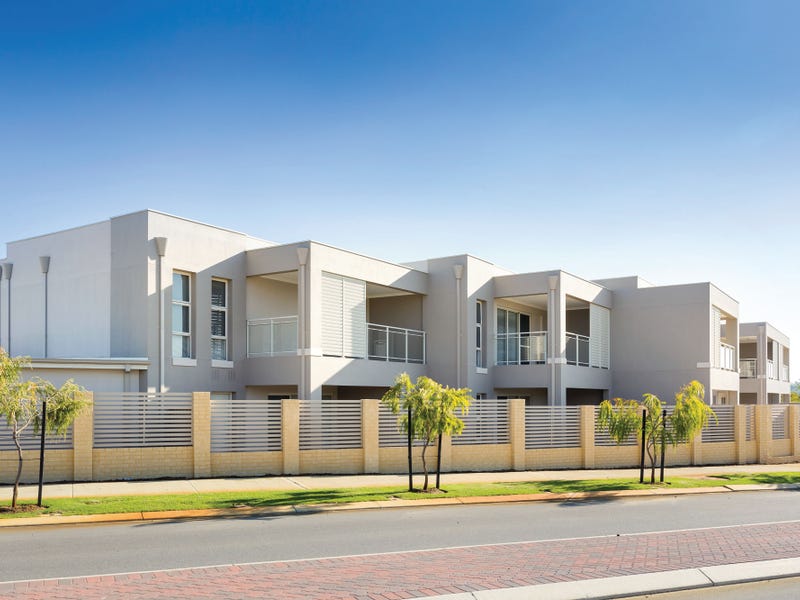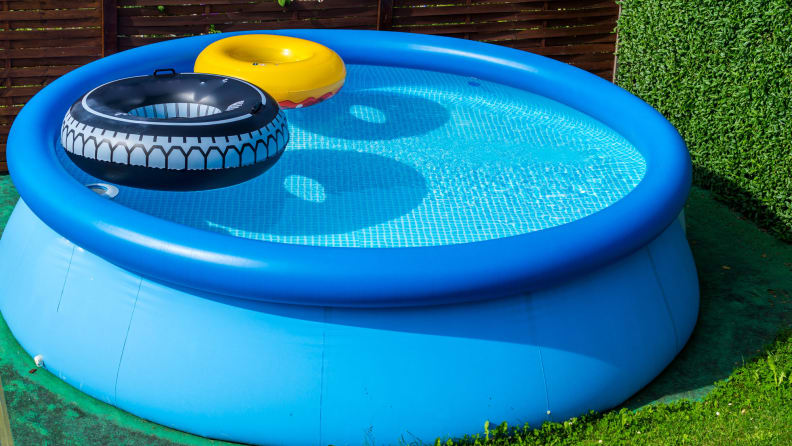Strata Fees – what are they and what do they cover?
Being a strata lot owner can be confusing and daunting, especially if you’re new to strata living! When you buy a strata property, you’re not just buying your property, but also a portion of common property. If this is the case for you, then you’ll likely have a Strata Manager and pay them strata fees – but exactly what those fees are and what they cover can be confusing. We’ve put together a quick run down of how it all works and where that money goes.
Every owner within an apartment building or strata complex is required to pay their Strata Manager a strata fee which covers costs such as building insurances, repairs and maintenance. These fees are usually charged quarterly so you’re not paying one lump sum each year.
As a general guide, strata fees are usually calculated based on the number of units in the property and the level of service required. Properties with numerous units and extensive facilities (pool, gym, gardens etc.) should expect to pay an increased strata management fee. The fees are also calculated based on the size of each apartment; this means that an owner of a two-bedroom apartment may pay more than someone in the same building in a one-bedroom apartment.
Part of these funds are put aside into the sinking fund which is for longer term maintenance programs (ie. the big-ticket stuff like replacing a roof, resurfacing a pool, new gates etc). Under the Strata Titles Act 1985, each scheme is required to have a 10-year maintenance plan which needs to be reviewed every five years (although it’s recommended that it is reviewed annually at each AGM).
The more amenities you have the more likely your strata fees will increase – however this can be reduced depending on the number of apartments in the complex.
If you’re considering buying in an established apartment complex, it’s a good idea to ask to see the strata minutes and the 10-year maintenance plan beforehand as any major works will be documented and this could impact the strata fees.
How are your levies spent?
Smarter Communities have recently put together a snapshot of where strata feeds are spent within an apartment building. The below summary is based on a general overview from 5,000+ complexes.
| Large Building over 50 lots | Small Building under 50 lots | Example | |
| Building Operations | 37% | 28% | Building Manager, cleaning, gardening, amenities such as pool, gym and lifts |
| Capital Works | 17% | 12% | Sinking fund for future planned works such as roof, windows, flooring and painting |
| Utilities | 17% | 11% | Gas, electricity, water, waste and council rates |
| Repairs and Maintenance | 14% | 21% | Maintenance and repairs of grounds and all common areas |
| Insurance | 9% | 17% | Building insurance, legal consultation/representation |
| Strata | 6% | 11% | Strata, financial and budgeting, statutory and compliance management |
Source: Smarter Communities and WA Apartment Advocacy.
Levies are an essential component of strata living. They are collected from all owners to meet the financial obligations of your strata scheme. If you don’t pay your strata fees then arrears will attract interest until paid. You might also lose some rights as an owner, like the ability to vote on matters related to the building.
Click here to find out more about our strata team and to download our Strata health checklist. If you have any questions or would like to discuss your current strata situation, our accredited Strata Manager Kim Dawes can provide you with free, no obligation advice. Call 9592 8188 or email strata@summitrealty.com.au.


